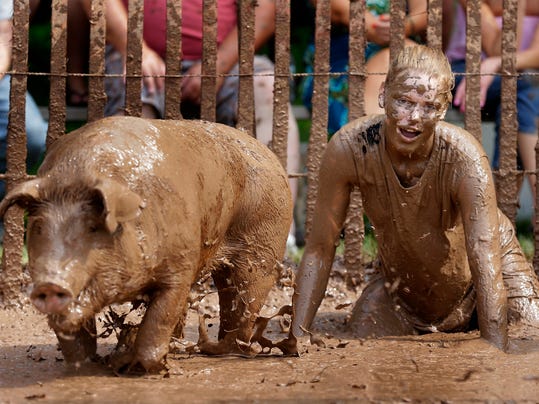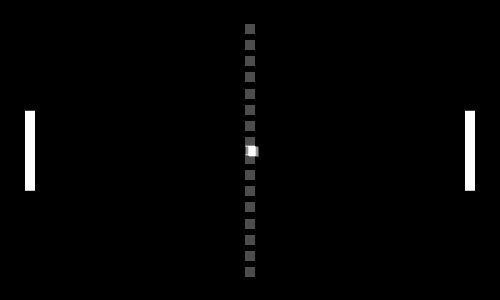You're likely not as familiar with standard maintenance procedures as some people in this thread, but please keep in mind that absolutely NOBODY does compression checks without securing the prop, except for Tom. This whole discussion is kind of silly, there is a safe way to do this, the safe way is what the manufacturer instructs, and it is the way that 99.9% of A&P IA's operate. Props that are being secured don't get away and hit people. Securing them is not a feat of extreme physical strength on any engine I've ever seen. Balancing a prop on TDC, pressurizing the cylinder, then letting people maneuver around the airplane with it in that condition is incredibly negligent.
You can head into any of the local shops and watch them do a compression check on any engine. If it's a one man shop (like BIE or CEK) then the A&P will hold the prop (preventing motion in either direction of the engine) and operate the gauges at the same time (this is how I do it, and I do compression checks a couple times a month). If it's a larger operation, like Silverhawk, you'll typically see one A&P secure the prop and the other will run the gauges (extra people are around, so they're used). The customer is allowed to look at the gauges (they'll bring you in the shop to show you). They make sure you are nowhere near the prop and they also have their guy securing it so there is no way it's going to get away and bite anyone.
If you want to see the whole procedure sometime, let me know!





